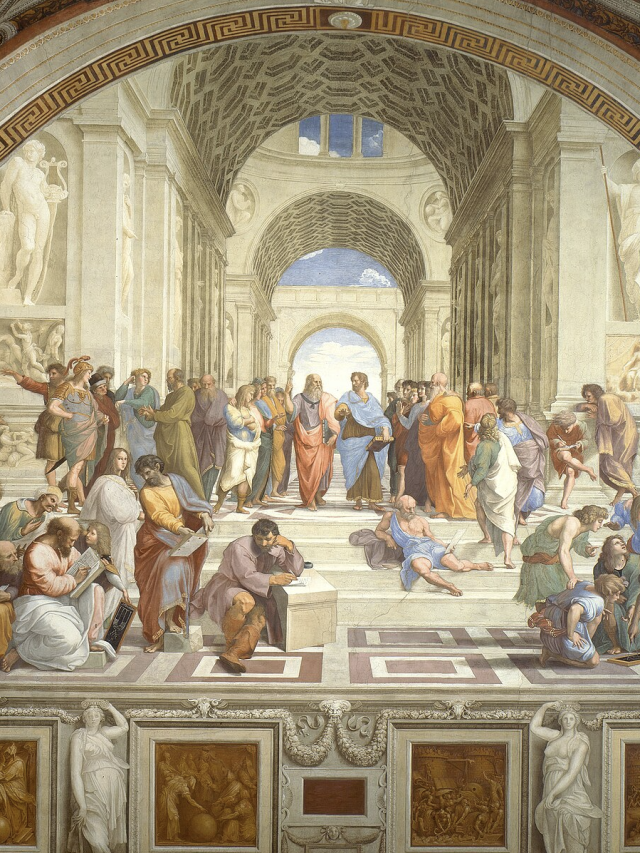One of the most famous works of the Renaissance is The “School of Athens,” painted by Raphael. Painted from 1509 to 1511, this fresco is located in the Apostolic Palace in the Vatican and is a prime example of Renaissance art and thinking. The School of Athens by Raphael depicts in the grandeur of classical thought and art, encompassing the harmony between both artistry as a fountainhead for productive knowledge.
Who Painted The School Of Athens?
One of the most famous paintings in history, “School of Athens”, was painted by Italian grandmaster Raphael (or Raffaello Sanzio da Urbino) Raphael was a superlative painter and architect of the High Renaissance, being renowned for his perfection of form and composition. Among his work in the Vatican Stanze di Raffaello, his “School of Athens” stood out as Indiana University’s honored artwork as one of the greatest artist who has ever lived.
The Significance of The School Of Athens
Perhaps the grandest is his fresco, The School of Athens, in which ancient philosophers and scholars are shown exchanging ideas. Executed as part of Raphael’s commission to decorate the rooms that are now known as the Stanze di Raffaello, in the Vatican. It marks the collectivizing of ancient minds in an intimate conversation about philosophy and science.
Key Features of Raphael’s The School Of Athens
The School of Athens… by Raphael is an opulent celebration of perspective and grandiose architecture. At the center of it all, stands Plato and Aristotle clutching their masterpieces—the Timaeus and Ethics— respectively. Around them are other luminaries, including Socrates, Pythagoras, Euclid and Ptolemy with their collective wisdom.
- This was a surprise, as in the center next to Arisotles head was an image of Plato’s face. With Plato pointing up (higher forms, higher idealism), and Aristotle down (using the earth as his paradigm for empirical observation)
- Architectural Elements: The grand arches and vaulted ceilings reminiscent of classical architecture, provide the painting with depth and perspective.
- Content Analysis: Another great example of the usage of symbols in great art, each figure in “School of Athens” represents a field of knowledge (ie math and song to philosophy and astronomy). We also find Raphael himself in the painting, mixing his contemporary image with these historical figures.
The Impact of The School Of Athens Painting
The painting “The School of Athens” by Rafael not only represents the perfect intellectual spirit of the epoch of Renaissance but shows how creativeness it was This fresco is regarded as one of the greatest cultural pieces ever painted, being both revered and scrutinized for its artistic achievement and intellectual history. The Masterpiece has served as the inspiration for many artists and is a major part of just about every art history book in existence.
Conclusion
The “School of Athens,” painted by Raphael, is more than just a fresco; it is a celebration of knowledge, art, and classical philosophy. Through this masterpiece, Raphael immortalized the greatest minds of antiquity, blending them seamlessly with Renaissance ideals. This painting continues to inspire awe and admiration, securing Raphael’s place as a titan in the pantheon of art history.
For those looking to explore the depths of Renaissance art and the genius of Raphael, the “School of Athens” painting is an unparalleled treasure that offers a window into the brilliance of human thought and creativity.
Feature image: “The School of Athens” by Raffaello Sanzio da Urbino | Courtesy: wikipedia






